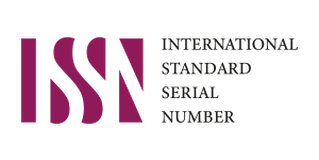Evidence of Greek and Latin Inscriptions on Greco-Roman Culture and Civilization in Scythia Minor
DOI:
https://doi.org/10.61671/bsrcc.v2i2.8664Keywords:
Ancient Romanian culture and civilization, civil and religious institutions, Scythian monks, Romanian Dobrogea.Abstract
Scythia Minor was not only the cradle of a synthesis of Greek and Roman civilizations, which was manifested in the large settlements of this province, but through the diffusion of the elements of these civilizations "extra muros", in the large mass of the native Dacians and the Romans, who conquered this province in 27 B.C., it was also the cradle of an ancient Romanian civilization. Its existence is also attested by the great ecclesiastical personalities but also by the universal culture of Daco-Roman origin, coming from here, the so-called Scythian monks, who marked the 5th and 6th centuries, among whom the most important were Ioan Casian, Dionisie Exiguus ‒ (the humble), John Maxentius, etc. Excellent connoisseurs of the Greek and Latin languages, but using Latin as the language of their works, they demonstrate the highest level of theological, philosophical, juridical and astronomical knowledge acquired, according to their testimonies, in the schools and monasteries of their homeland. Although there are documents about the existence of such institutions, they are few and unfortunately very little known. Instead, there are hundreds of epigraphical testimonies in Latin and Greek, regarding various aspects of social, military and religious activities, discovered all over Dobrogea today, during the last 200 years. They attest to the dynamics of the implementation of Greek and Latin cultural elements in the land between the Danube and the Sea and their adoption by the native population.
Downloads
Published
How to Cite
Issue
Section
License
Copyright (c) 2025 BLACK SEA REGION AT THE CROSSROADS OF CIVILIZATIONS

This work is licensed under a Creative Commons Attribution-NonCommercial-ShareAlike 4.0 International License.














